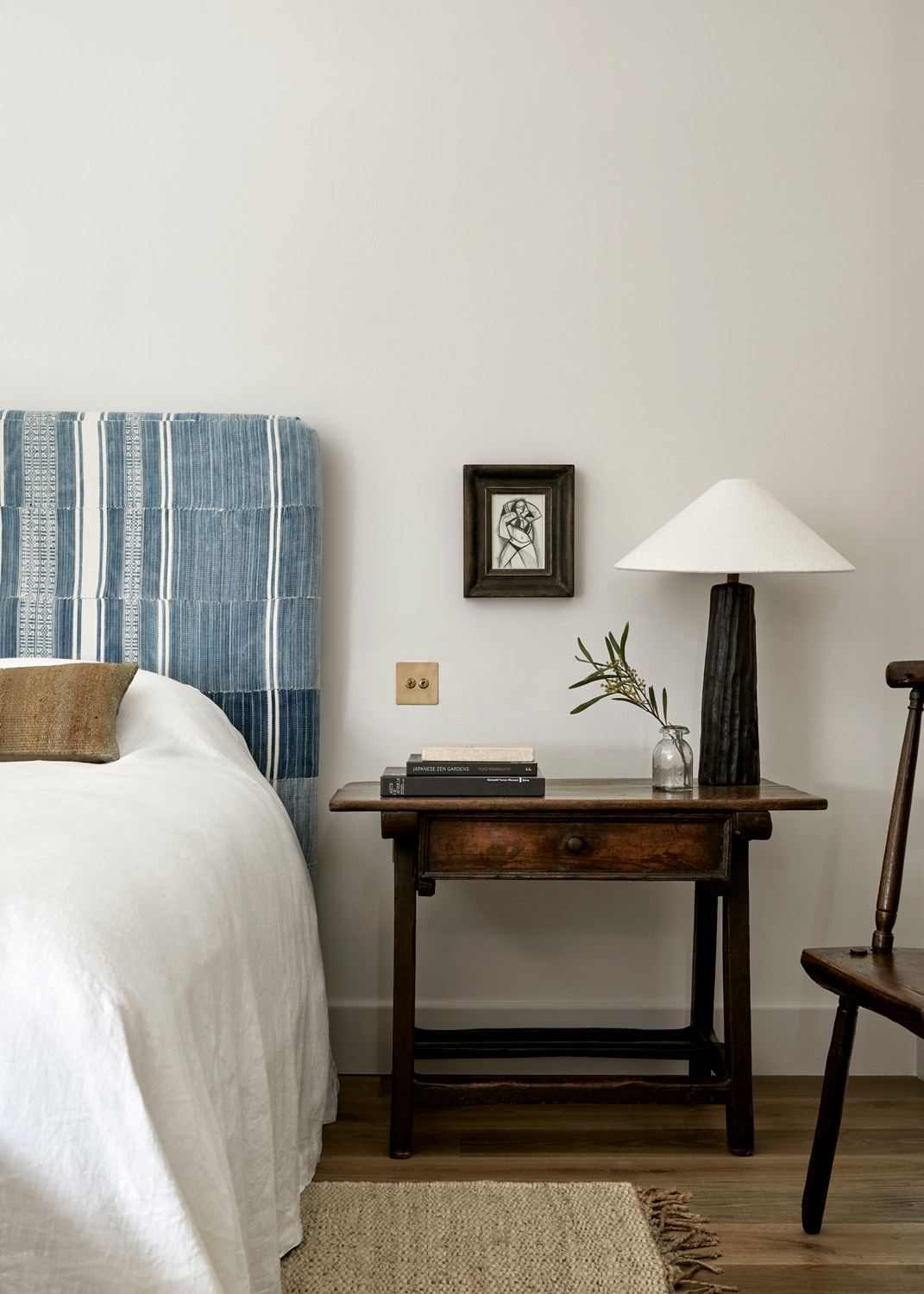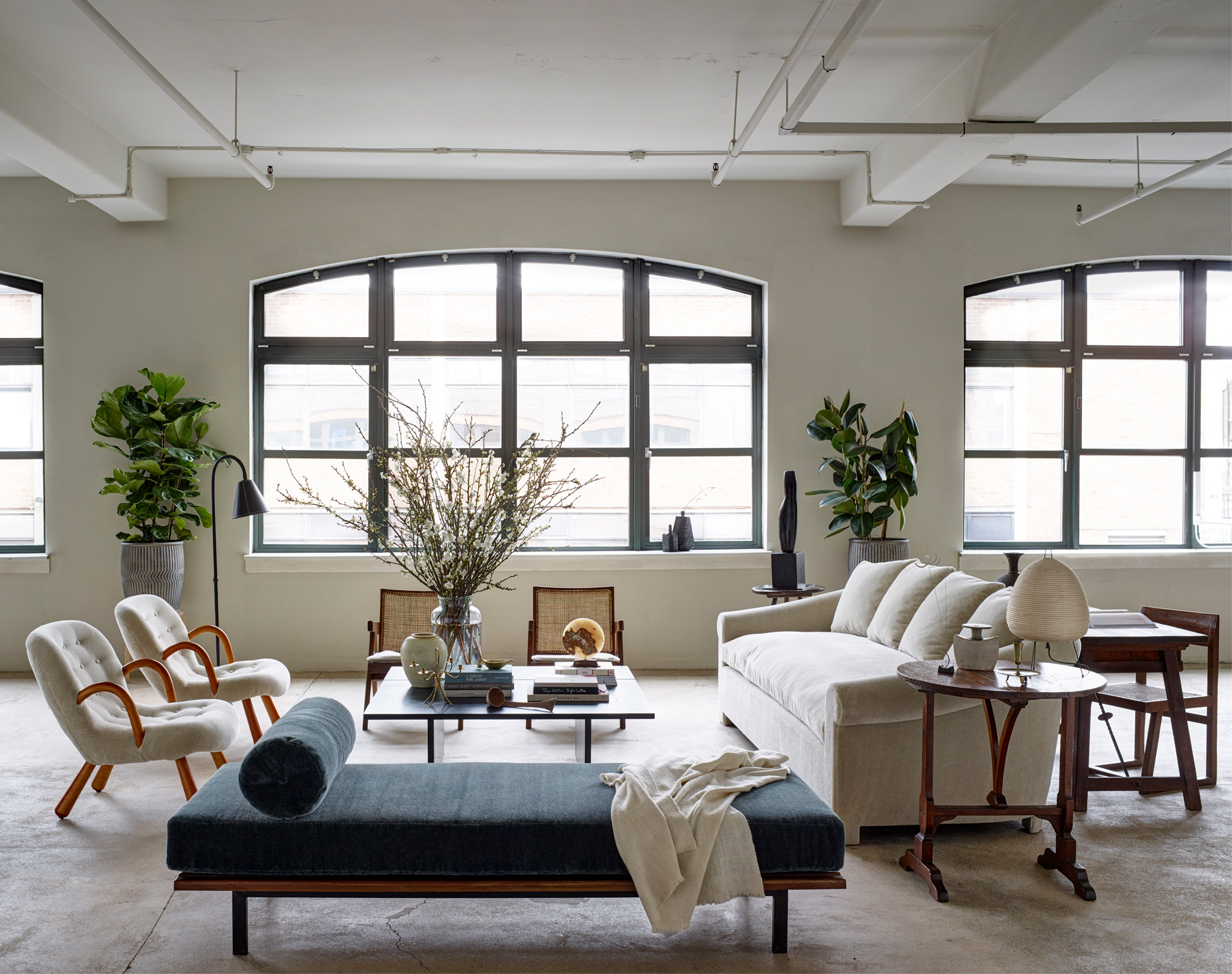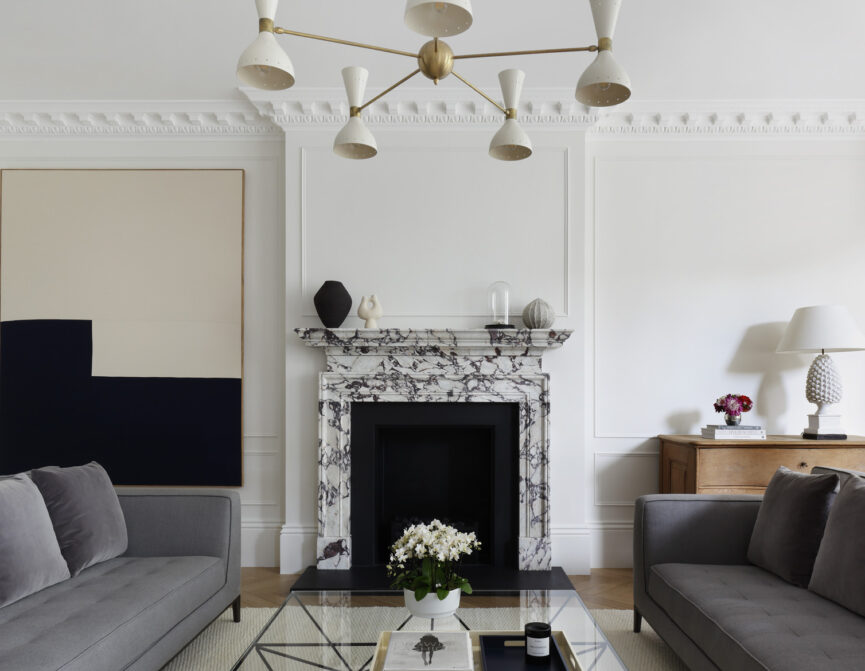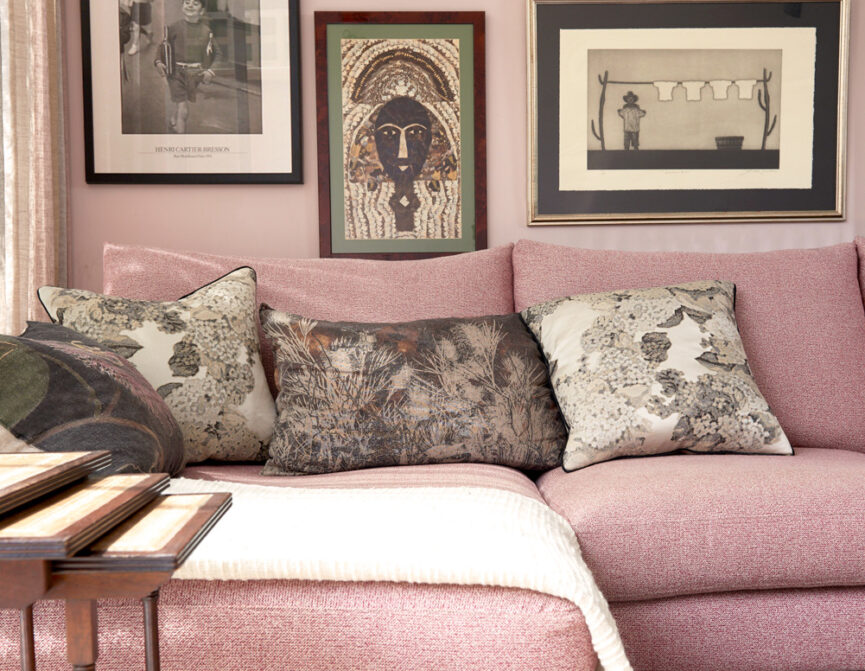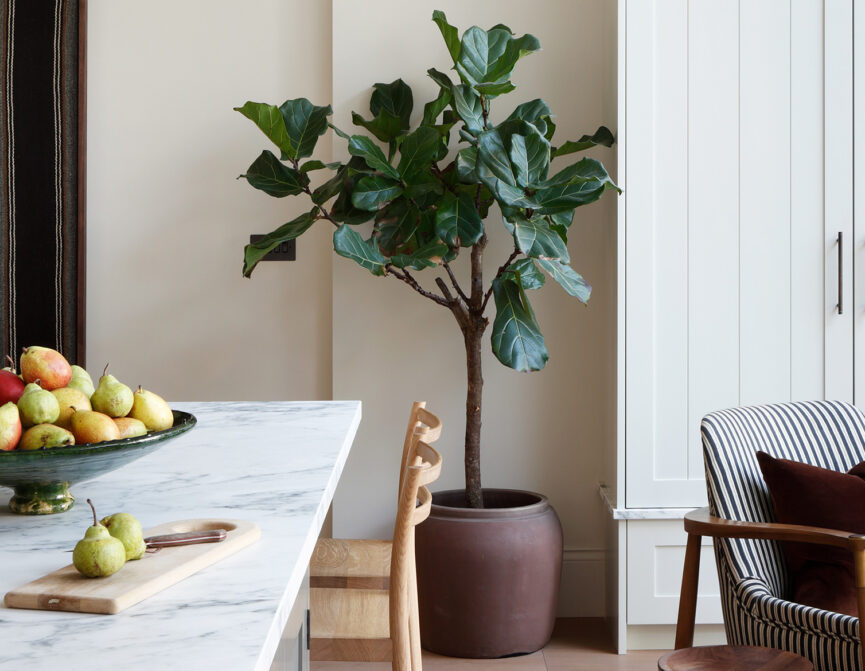We ask three of our favourite designers, De Rosee Sa, Sascal Studio and Thurstan what makes a house a home?
Furniture – the essential nuts and bolts of any property – is an integral part of creating a functional home, but what about a home with soul? One that mirrors our tastes, marks our triumphs and serves as a sanctuary from the outside world. We speak to three design firms who balance interiors and architecture with a considered furniture offering and ask them, in their opinion, what makes a house a home.
De Rosee Sa – a sense of purpose
De Rosee Sa – an award-winning London-Lisbon-Brussels-based architectural and design firm – is a name synonymous with understated luxury. Founded by Max de Rosee and Claire Sa, the practice favours a holistic approach. De Rosee Sa works side by side with a client to create a truly tailored arrangement that’s centred around their client’s particular way of living, blending architectural design with granular details and finishes. It’s this all-encompassing concept-to-completion method that has led the firm to launch their own furniture collection, which they sell via their online shop alongside a curated selection of antiques. “Our customers want pieces with a story, rather than everything being brand new – this creates a more lived-in and inviting atmosphere,” explains Max de Rosee.
The furniture strand of the De Rosee Sa business is very much demand-led, with design concepts directly influenced by their clients. “Most of our designs stem from working with clients during a project. For our commissioned pieces, we like to work closely with the client – they want our design input and we want to ensure that the pieces are functional and fulfill the brief,” says Max.
In the online shop, each De Rosee Sa piece bears the hallmark of intelligent design with considered details. A slender black lacquer and rattan hall bench made specifically with a narrow hallway in mind; a Klein blue desk with two brass-lined cable access ports; and a cosseting emerald green tub chair, designed for maximum impact but minimum footprint. The range extends to smaller accessories, including their generously sized gem-toned lacquer trays. “We were looking for a variety of tray designs and felt these weren’t easily accessible, so we designed our own. We have four tray designs and the customer has the option to customise these. You can choose your own design and select one of our colours,” explains Claire Sa.
One of their most successful pieces to date also happened to be their most challenging to work on. “Our statement Red Lacquered Table has definitely been the most challenging to design,” says Claire. “The client wanted an extendable table, which could be easily adapted from seating four to fourteen people by incrementally adding additional leaves. Each configuration was carefully designed so as not to appear temporary or sit awkwardly.” This ribbed timber leg table features a polished brass base and is finished in a deep cherry red lacquer gloss. “The table was designed to be positioned in an oak panelled room, so we really wanted the high gloss red lacquer to contrast that,” she explains.
The pair believe that an uptick in commissions after months of confinement is no coincidence, with people spending more time at home, and realising the importance (and benefit) of a beautifully chosen, well-made piece of furniture. “Demand for bespoke furniture has definitely increased. People are living in their homes more than ever and appreciate bespoke pieces of furniture and what they can add to a room,” says Claire. “The right furniture in a room is critical, it can either enhance the architectural backdrop or it can work against it. Furniture, together with art work, lighting and soft furnishings needs to be carefully curated and considered to achieve an impactful design atmosphere,” she adds.

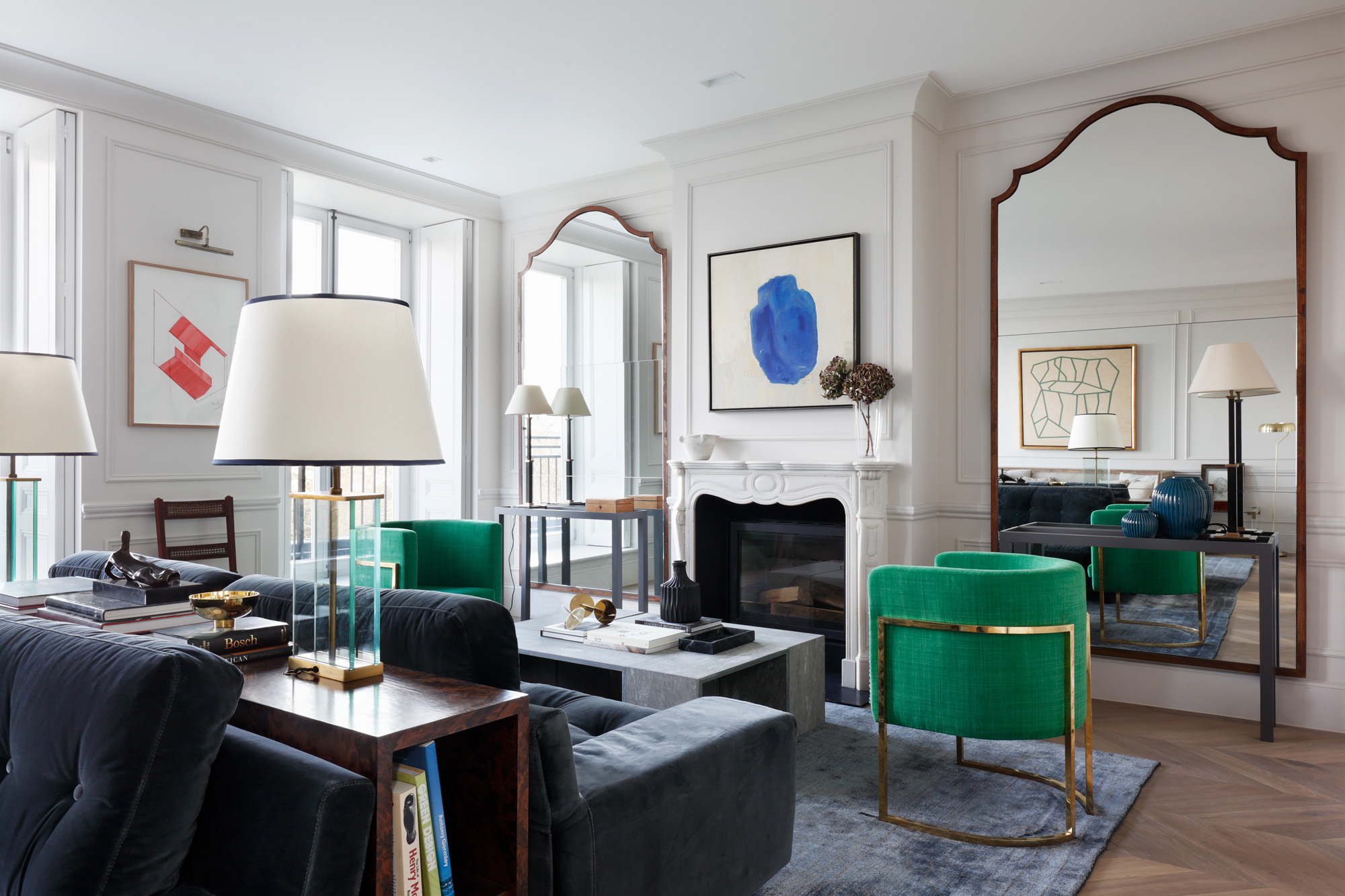
Sascal Studio – a layered look
London-based interior design studio and homeware shop Sascal Studio, co-founded by two KLC Design School trained sisters Sarah and Caroline Stemp, has garnered something of a cult following from Instagram’s circle of aesthetes. Their signature whimsical style includes a hearty selection of bobbin occasional tables, marbled Romanian ceramics, mid-century rattan and scalloped edge sideboards. A studio launch that coincided with the pandemic in early 2020 meant the duo had to think on their feet to recalibrate their business strategy.
As a result, their online furniture store leapfrogged their interior design business, launching before the latter had really taken flight. “Our first major project was put on hold due to the pandemic, so we quickly had to pivot. We were always going to expand into retail, but when lockdown hit we had to adapt quickly and launch the online shop first,” Sarah explains. For Sascal Studio, a shop also makes good business sense. “We’re sourcing for client projects all the time and when we see a piece which we absolutely love, but it isn’t needed in any of our current projects, we buy it for our shop.”
The pair’s shared flat doubles up as a studio as well as a stage for showcasing their latest crop of pieces, and they take a lot of their design cues directly from client demand. “When we started thinking about our homeware shop, we were also putting small snippets of our flat online and similar pieces in our shop where possible,” says Caroline. Instagram has not only propelled the brand into the public’s consciousness and provided a direct sales channel for them, it’s also a tool they use themselves to scope out moodboards, new ideas and craftspeople. “Even when we’re at the early concept stages we’ll immediately start a board via Instagram for that project and save all sorts of images from different sources – from a joiner whose work we absolutely love, to a new lampshade designer, to an up-and-coming artist who we feel will be perfect for the project. It’s amazing to be able to find so many new suppliers all in one place,” she adds.
More recently, Sascal Studio has extended its offering to include bespoke pieces of furniture – another strand of the business that came to fruition ahead of schedule. “We had sourced a set of antique wavy chairs from a vintage shop. The response on Instagram was so overwhelming we tried desperately to source additional sets. After months of searching with no luck, we decided to create our own version. Funnily enough, The Odd Chair Company emailed us on the day we decided to make our own version of the Wave Ladderback,” explains Sarah. This Wave Ladderback Chair – a collaboration with The Odd Chair Company – is loosely based on an original 19th century design and is handmade in the UK with rush seat and a choice of six finishes ranging from fumed or limed oak to walnut and beech. It’s been designed with comfort in mind, with a slightly larger frame, a gently reclined back and tapered legs. “We knew we wanted to streamline the design and make our version slightly more contemporary (whilst still using traditional rush seating) with straighter lines and a cleaner oak finish. It was important that the chair could adapt to any interior.”
Adaptability is important to the Stemp sisters, who balk at anything that could be described as an ‘overly designed interior’, instead favouring a layered look that gives the impression the scheme has come together over the course of time. “By combining antiques with bespoke pieces of furniture you’re creating a space which is totally unique and harmonious,” says Sarah. “What’s so important in interiors is layering the space – although that doesn’t mean everything has to be bespoke. Bespoke items are pieces you will have for life. Anchoring a scheme with a bespoke ottoman for example, buying your sofa from a retail shop, and then having antique side tables creates a very timeless and personal feel.”


Thurstan – feeling of familiarity
For James Thurstan Waterworth, founder of eponymous interior design and decorative antiques firm Thurstan, a real home is made up of layers of history. “The best homes are those which have been lived in for 20 or 30 years and there are these organic layers to them. It’s finding that balance of luxury as well as comfort.”
Part-intuition, part-sleuthing, Thurstan’s modus operandi is to extract a client brief almost through deduction. “Part of an interior designer’s skill set is to work out who your client is and how they use their space as quickly as possible. For example, do they like reading in bed? Are they someone who likes a bath? Are they someone who likes coming into their house and putting the keys in a special tray somewhere other than the hallway? There are thousands of elements but I think you can tell just by how they come into a room, how they dress and how they interact with you. So, within two minutes 75% of those questions are answered, really.”
Having previously worked for Martin Brudnizki and as European Design Director for Soho House, James’ work has taken him all over the world, and his own private and commercial portfolio of projects includes a hotel in Beijing, a new-build in Antiparos and a 17th century house in Puglia. Yet his overarching approach remains the same: “We want a sense of familiarity, just these small nuances for people to feel comfortable. You have to have some form of familiarity, even if it’s a completely new space.”
James peppers his schemes with antique treasures sourced around the world, items similar to those he sells in his curated online store. His eclectic offering sees primitive pieces and 17th century items comfortably posed alongside mid-century classics – much like his schemes, where they seem at home in old and new buildings alike. “My stepmother was an antiques dealer, so I’ve always grown up around these beautiful old pieces and we use a lot of 17th century Spanish and English furniture to mid-century. The patina and the story of those pieces enhance and add depth to it – 350 years of wear and ageing gives something to a building which is impossible to fake. If you fill a new build with new furniture, it’s going to be much harder to find and create a story.” Thurstan is careful to impart these stories to his clients. “We explain the story behind the piece and where it’s from – I want clients to fall in love with pieces. They may not have the same enthusiasm for furniture across the board, but there’ll be something which inevitably moves them, whether it’s a fabric or an art piece or a light.”
This side of his business, sourcing items for clients, has paved the way for the soft-launch of his own furniture line, soon to be showcased in a newly built, by-appointment showroom on the Wiltshire-Somerset borders. “I’ve always done bespoke pieces of furniture for clients, and we found ourselves using the same sofa or armchair because a client specifically liked that, so I thought perhaps we should quite subtly start building our own bespoke range.” History is woven into the fabric of even his new bespoke items. “I’ve used the same upholsterers for ten years now and they’re people we know and trust. That’s a key part of it – the consistency. And from the outside, two sofas could look very similar, but you strip them apart and internally it’ll be very different. So we still use traditional elements – hand sprung etc – essentially how they would have made a sofa back in the day but done in a modern, comfortable and practical way.”
